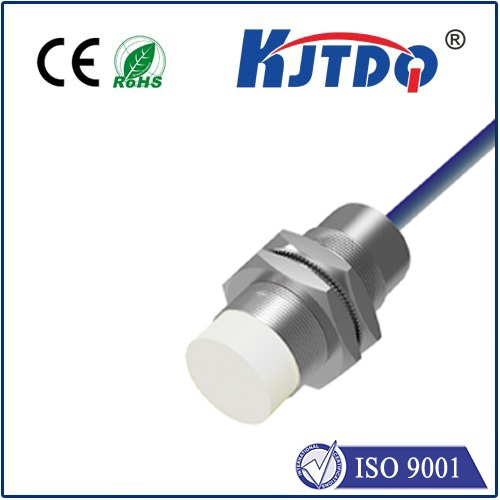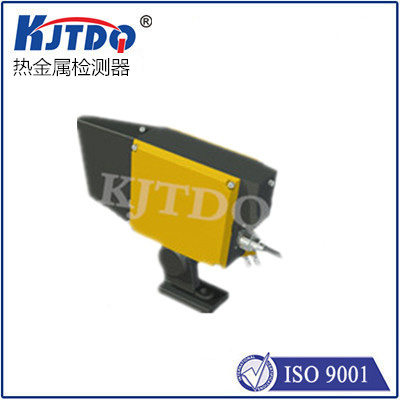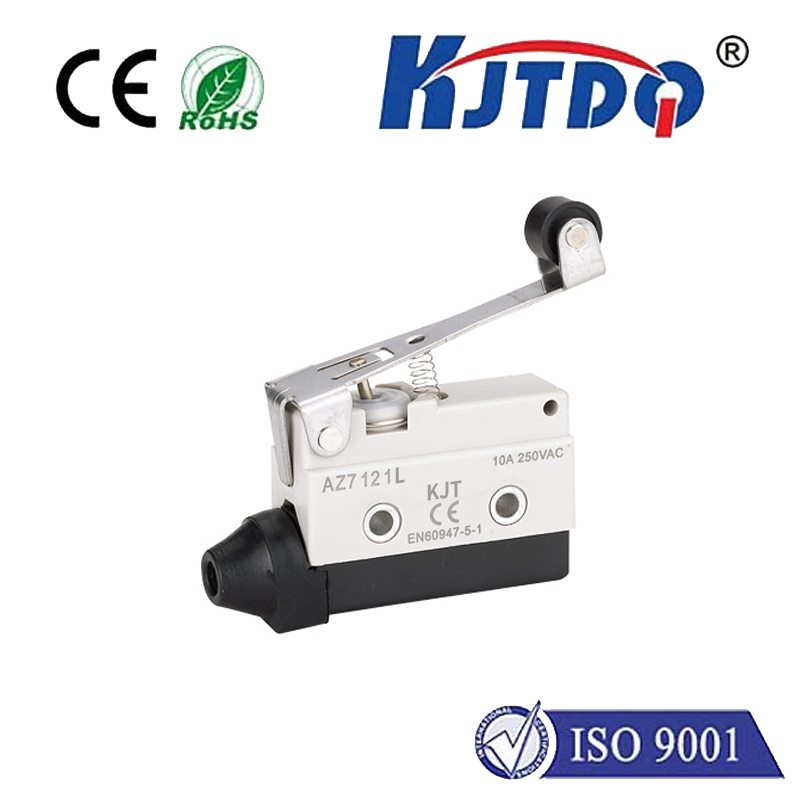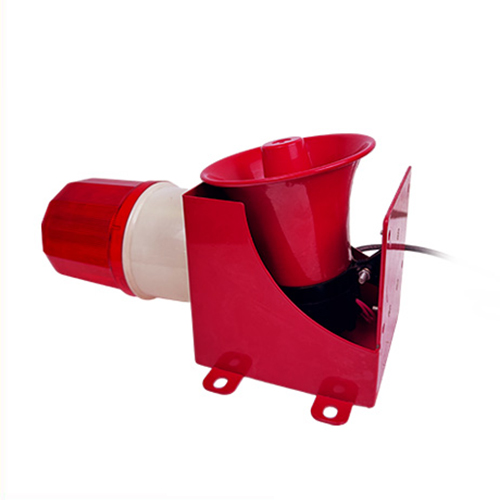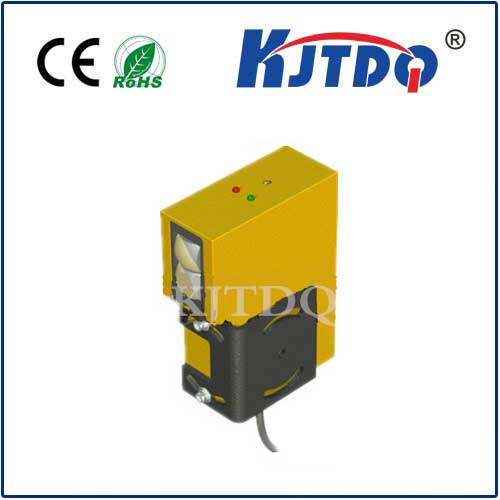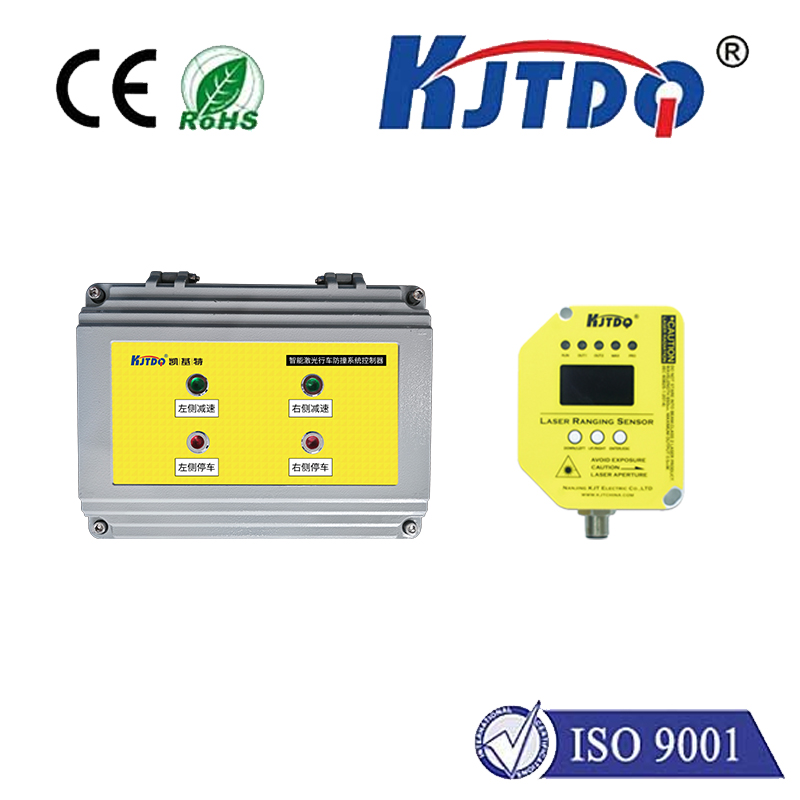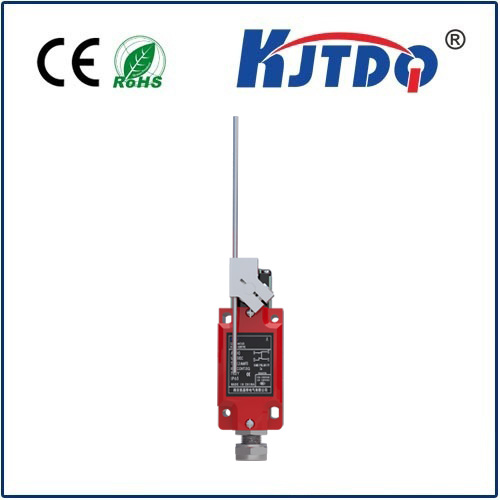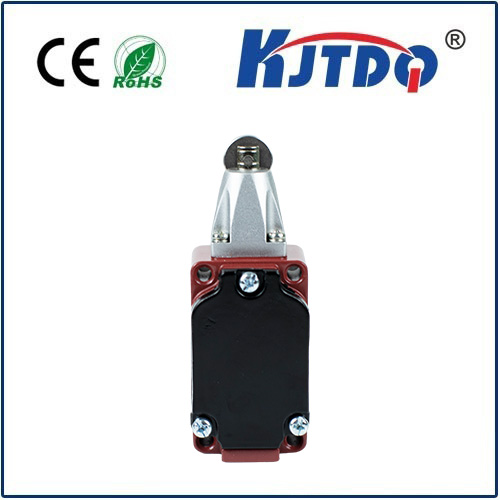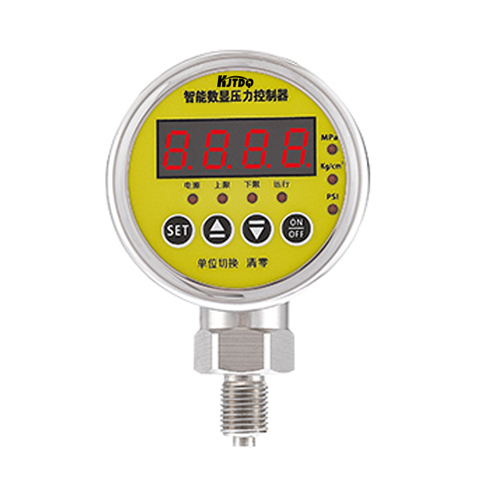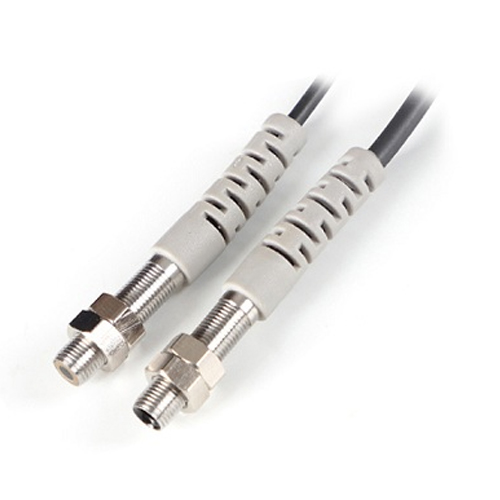laser photo eye sensor
- time:2025-08-29 03:42:18
- Click:0
How Laser Photo Eye Sensors Revolutionize Industrial Automation
Imagine a production line where every bottle is perfectly filled, every label is precisely applied, and every safety gate responds instantly. This level of flawless operation hinges on reliable detection – the unseen eyes guiding modern industry. Among the most critical of these are Laser Photo Eye Sensors, sophisticated devices delivering unmatched precision and reliability in demanding environments. Understanding their function and advantages is key to optimizing automation processes where accuracy is non-negotiable.
Beyond Basic Light: The Core Principle
Fundamentally, all photoelectric sensors work on the principle of light transmission and reception. A light source emits a beam (visible or invisible), and a receiver detects changes in that beam caused by the presence, absence, or characteristics (like reflectivity) of a target object. Traditional sensors often use LED light sources.

Laser Photo Eye Sensors elevate this concept by employing highly focused, coherent laser light. Think of a regular LED light bulb versus a laser pointer. The laser beam is incredibly narrow and intense, traveling in a straight line with minimal divergence. This inherent property of laser light is what unlocks their significant advantages:
- Pinpoint Precision & Long Range: The collimated laser beam allows for detecting extremely small objects or precise edges at distances far greater than standard diffuse or retro-reflective sensors can manage. A laser sensor might reliably detect a thin wire or a tiny component gap several meters away where an LED sensor’s beam would have scattered too much.
- Exceptional Resolution: Related to precision, the tight beam spot enables distinguishing between very closely spaced objects. This is vital in applications like checking dense grids, verifying fine pitch components on PCBs, or controlling web tension on thin materials.
- Reduced Sensitivity to Color & Surface: While not entirely immune, the intensity and focus of the laser beam often make laser photo eye sensors less susceptible to variations in target color, texture, or glossiness compared to some LED-based sensors. A dark, matte object that might absorb a diffuse LED beam sufficiently to signal “absence” could still reflect enough coherent laser light to be reliably detected.
- Stability in Challenging Environments: The focused beam minimizes interference from ambient light sources and helps maintain stable operation even when minor misalignments occur or in environments with dust or light mist (though heavy obscuration will still block the beam).
Where Laser Photo Eye Sensors Shine: Key Applications
The unique benefits of laser sensing technology make them indispensable across numerous demanding sectors:
- Precision Positioning & Edge Detection: Ensuring cutting tools start exactly at the material edge (laser cutting, CNC), guiding robots for millimetric pick-and-place accuracy, verifying registration marks on high-speed printing presses. The pinpoint beam is crucial for this level of control.
- Small Object Detection: Counting tiny pills, verifying the presence of micro-components in electronics assembly, detecting thin wires or filaments. Laser photo eyes excel where targets are minuscule.
- Long-Range Detection: Monitoring objects on large conveyor systems, detecting position on expansive machinery, sensing vehicles or objects at gate entrances. Their ability to maintain a strong signal over distance is unmatched by standard photoelectric sensors.
- Transparent/Object Gap Detection: Detecting the presence of clear glass bottles, plastic films, or measuring minute gaps between components where traditional sensors struggle due to light transmission or diffuse reflection issues. The focused laser can often penetrate or detect the edge of transparent materials effectively.
- Contrast Detection & Mark Sensing: Reading faint barcodes, verifying low-contrast labels or engravings on various surfaces. The intense light spot enhances contrast detection capabilities.
- High-Speed Counting & Control: Accurately counting fast-moving small parts, triggering events at precise moments on high-velocity lines.
Choosing and Implementing Laser Sensors Effectively
While powerful, laser photo eye sensors aren’t always the universal solution. Consider these factors:
- Safety First: Laser sensors operate within specific safety classes (typically Class 1 or 2 for industrial sensors, meaning inherently safe or requiring brief exposure limits). Always adhere to the manufacturer’s safety instructions regarding eye protection – never look directly into the beam, especially with alignment tools.
- Target Characteristics: While better than LEDs on challenging surfaces, highly reflective targets can cause false signals unless sensors with background suppression or specialized optics are used. Similarly, targets that absorb laser light completely will not be detected.
- Environmental Conditions: Heavy dust, dense fog, splashing liquids, or significant vibration can interfere with the beam path. Protective housings or alternative sensing methods might be needed in extreme conditions.
- Mounting & Alignment: Achieving the full benefit requires careful mounting and precise alignment due to the narrow beam. Many models feature visual alignment aids (like a red pilot beam) or built-in adjustment mechanisms. Stable mounting is essential.
- Cost vs. Benefit: Laser sensors are generally more expensive than basic photoelectric sensors. Evaluate if the application requires the superior precision, range, or resolution offered by laser technology to justify the investment.
The Future of Precision Sensing
Laser photo eye sensors represent a pinnacle of photoelectric sensing, pushing the boundaries of what’s possible in automation and control. Their ability to deliver reliable detection at long distances, with pinpoint accuracy on challenging targets, solves complex problems that other sensor types cannot. From ensuring pharmaceutical packaging integrity to guiding robotic arms assembling complex electronics or monitoring vast stretches of automated logistics, these sensors are the silent guardians of precision manufacturing and safety systems. As technology advances, we can expect even smaller, more robust, and smarter laser sensing solutions, further driving efficiency and innovation across countless industries. Integrating the right sensor technology, particularly when precision is paramount, is fundamental to building smarter, more reliable, and high-performing automated systems.












